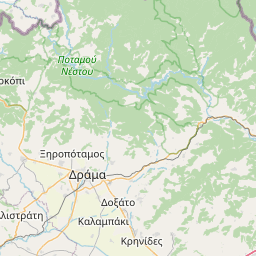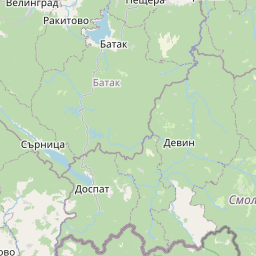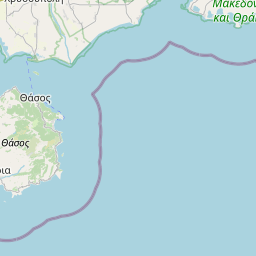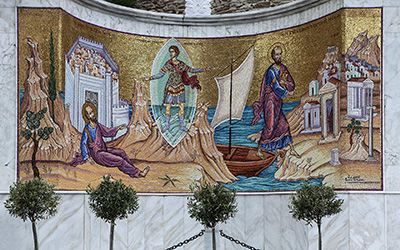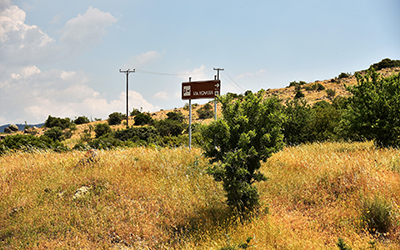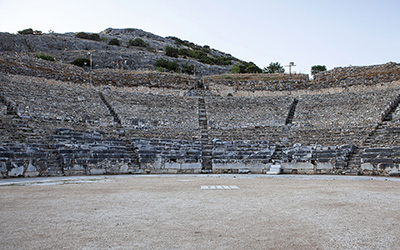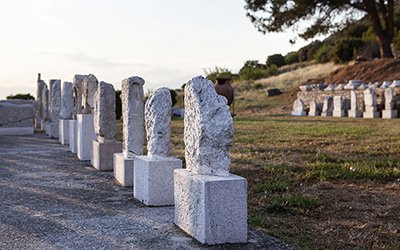On the road artery of Macedonia and Thrace
In the middle of the 2nd century BC. when Macedonia was a Roman province and new provinces were created further east, the construction of new road networks and the development of existing ones was deemed necessary to connect Rome with all its territories. Thus, in Macedonia and Thrace the road network which already existed from the Archaic era (7th-6th century BC) and was developed later by the Macedonian kings, had to be modernized and expanded. This work was completed by the viceroy of Macedonia Gnaios Egnatios, between the years 146 and 120 BC, after whom the road took its name. It started from Apollonia (the ancient colony of Corinth and Corfu, founded in the early 6th century BC) and Dyrrachium in Illyria (present-day city of Durrës, Albania) and ended in Byzantium, an old colony of Megara (founded in the 7th century BC), today's Istanbul, Turkey. It essentially connected the Adriatic with the Black Sea and remained in use in the following centuries until the Ottoman period. The length of ancient Egnatia road from the Adriatic to Evros River was 861 kilometers or 535 miles and for the most part, in prefectures of Xanthi and Rodopi, is visible along the modern Egnatia motorway. Parts of it can be seen and are preserved in good condition in Philippi, in Kavala, from the settlement of Stavros to the national road Drama - Kavala to the junction of Makedonias and Egnatia streets, near the Egnatia Hotel.
From the existence of stations and towers related to road safety and services, it passed through Akontisma where the traces of a fortress for the control of the Egnatia road are preserved, from Topeiros, Xanthi, Palia Morsini and Petrochori as well as the villages of Semeli and Ageli. To the east, parts of it can be seen after Alexandroupolis and Traianoupolis. More specifically, on the borders of the Prefectures of Rodopi - Evros, mountainous parts were located in the area of Komaros, northeast of the archeological site of the Zone. In the prefecture of Evros, three lowland sections of Via Egnatia are preserved next to the old national road, 3 km. east of Alexandroupolis and Traianoupolis to the settlements of Maistros and Apalo.
Egnatia Motorway S.A.
